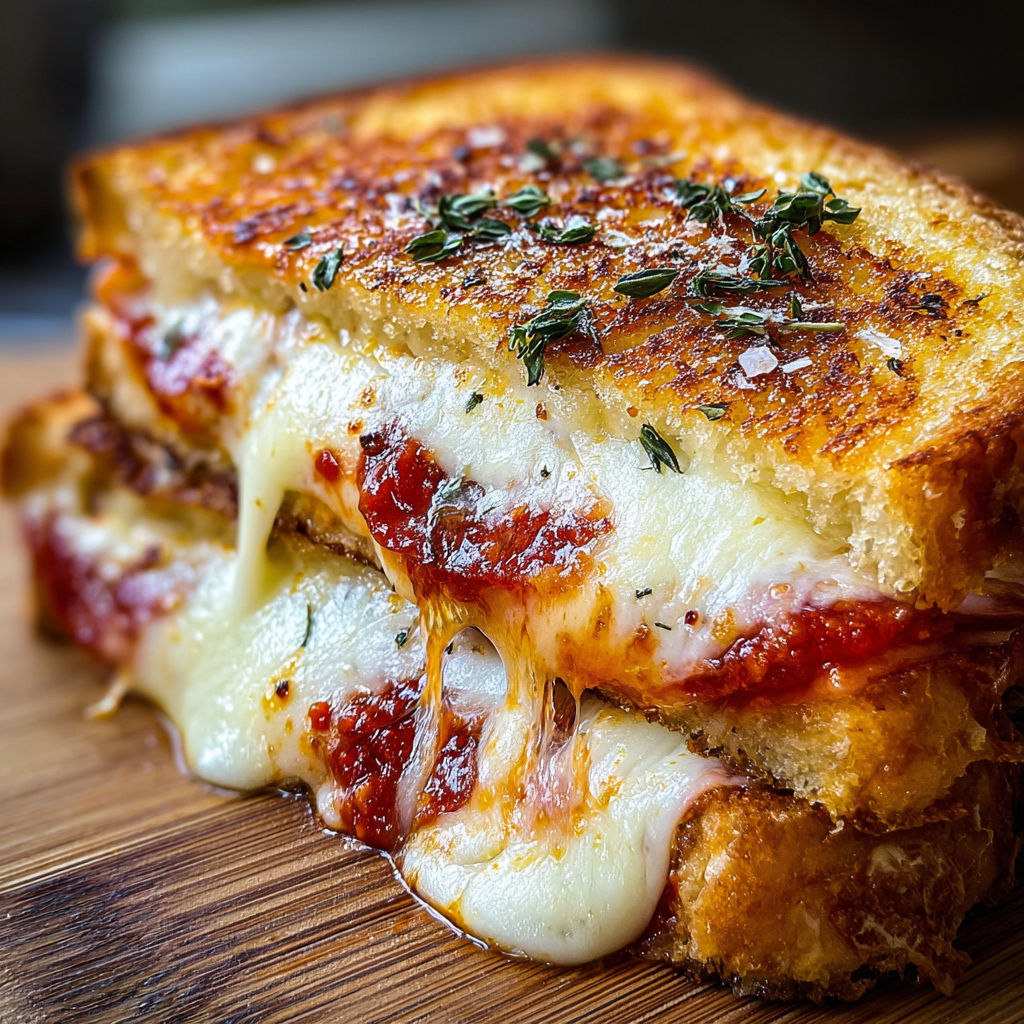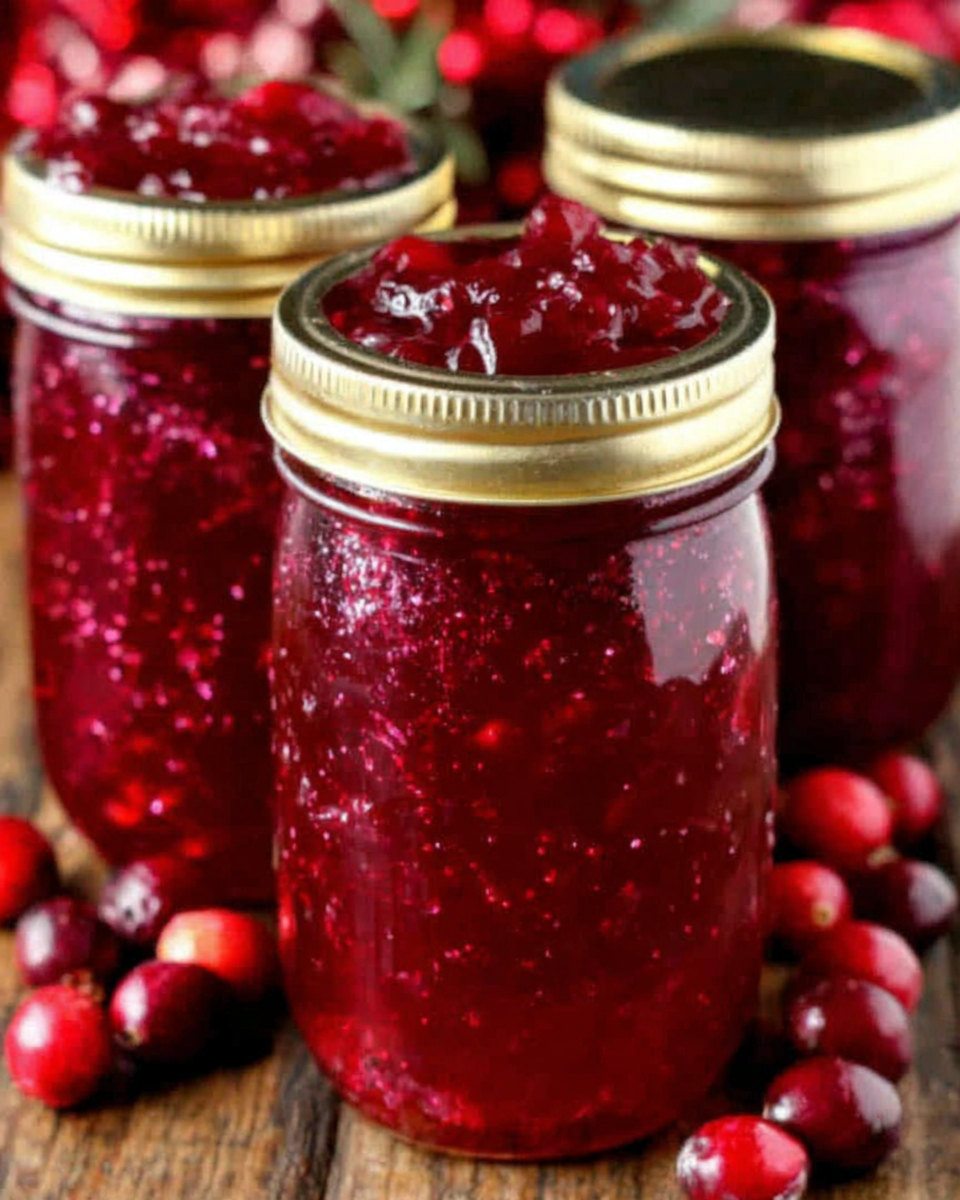Introduction
Chicken Kapitan, also known as Ayam Kapitan, is a dish that beautifully marries the rich flavor of chicken with aromatic spices, making it a beloved recipe in Southeast Asian cuisine. Originating from the Peranakan culture, this curry is not only a culinary delight but also a storytelling dish, reflecting the history and heritage of the region.
The dish is characterized by its robust coconut milk base and a medley of spices that creates a symphony of flavors, from sweet to spicy. Cooking Chicken Kapitan at home offers an incredible opportunity to explore vibrant spices and techniques, providing warmth and comfort to any family meal.
Ingredients
- 1 kg chicken, cut into pieces
The chicken serves as the heart of this dish, absorbing all the flavors from the spices and coconut milk. Opt for bone-in pieces for added flavor and moisture. - 200 ml coconut milk
Coconut milk adds a creamy texture and natural sweetness to the curry, balancing the heat of the spices and creating a rich sauce. - 2 tablespoons vegetable oil
Vegetable oil is essential for sautéing the spices and chicken. It has a high smoke point, allowing for even cooking without overpowering the dish. - 1 onion, finely chopped
Onions provide a sweet, aromatic base for the curry, deepening the overall flavor as they caramelize during cooking. - 4 cloves garlic, minced
Garlic enhances the dish with its sharpness and complexity, contributing significantly to the characteristic flavor profile of the curry. - 1-inch piece ginger, minced
Ginger's warm and zesty notes complement the other ingredients and help to balance the richness of coconut milk. - 2-3 red chilies, deseeded and chopped
Red chilies add heat and color. Remove the seeds for a milder flavor, or leave them in for a spicier kick. - 1 tablespoon curry powder
Curry powder is essential in creating the warm, aromatic flavor of Chicken Kapitan. Choose a quality blend for the best results. - 1 tablespoon tamarind paste
Tamarind paste introduces a tangy undertone that cuts through the richness, delivering a balanced depth of flavor. - 2 tablespoons palm sugar or brown sugar
This adds a subtle sweetness, which harmonizes with the heat and acidity, creating a well-rounded dish. - Salt to taste
Salt enhances every flavor in the dish and should be adjusted according to personal preference. - Fresh cilantro for garnish
Cilantro not only adds a pop of color but also introduces a fresh, herbal note that refreshes the palate.
Directions & Preparation
Step 1: Prepare the spice paste by blending onions, garlic, ginger, and chilies.
Creating a spice paste is the foundation of the dish. Blend these aromatics into a smooth paste to unlock their flavors fully. The blending process ensures that the spices will infuse the curry uniformly.
Step 2: Heat oil in a large pot over medium heat and sauté the spice paste until fragrant.
Sautéing the spice paste releases volatile oils, enhancing the flavors and aromas. This is a crucial step for building depth in the curry, so take care not to rush it – cook until the paste darkens and becomes aromatic.
Step 3: Add chicken pieces to the pot, browning them on all sides.
Browning the chicken creates a rich texture and color while sealing in natural juices. This initial searing step is key to developing a complex flavor profile in the final dish.
Step 4: Stir in curry powder and tamarind paste, coating the chicken evenly.
This step integrates the spices fully with the chicken, ensuring each piece is infused with the curry flavor. Stir well and cook briefly to awaken the spice aromas.
Step 5: Pour in coconut milk and add palm sugar. Stir well.
Coconut milk forms the luscious sauce base, blending with spices and chicken. The sugar softens the dish's heat while enhancing its overall flavor. Allow the mixture to simmer gently.
Step 6: Season with salt and let the curry simmer for 30-40 minutes.
Simmering allows the flavors to meld beautifully as the chicken becomes tender. Adjusting the salt during this stage ensures the dish's flavors reach their fullest potential.
Step 7: Taste and adjust seasoning if necessary before serving.
Tasting at this stage allows you to make final adjustments, perfecting the balance of heat, sweetness, and saltiness before serving. It's all about achieving harmony in flavors.
Step 8: Garnish with fresh cilantro before serving.
Garnishing adds a visual appeal and a fresh contrast to the rich curry. It also contributes a delightful herbal flavor that elevates the dish's complexity.

The Art of Sautéing Aromatics
Sautéing aromatics like onions, garlic, and ginger is essential for maximizing flavor in Chicken Kapitan. This technique not only develops the base flavor that defines the dish but also allows the essential oils to be released, enhancing the overall fragrance and depth of the curry. It is recommended to cook them until they are golden and caramelized, adding an extra layer of richness.
Balancing Heat and Sweetness
In Chicken Kapitan, achieving the perfect balance between heat and sweetness is crucial. The use of red chilies provides a spicy kick, while ingredients like palm sugar or tamarind paste introduce an essential sweetness and tang. Adjust these ingredients according to your palate; this balance ensures a complex flavor that dances on the taste buds, creating a satisfying culinary experience.
Serving Suggestions for Chicken Kapitan
Chicken Kapitan pairs beautifully with fragrant jasmine rice or roti. The rice absorbs the curry’s rich sauce, making each bite delightful. You might also consider accompanying it with a side of fresh salad or pickled vegetables to add a refreshing crunch that contrasts with the dish's creaminess. This combination rounds out the meal and enhances the overall dining experience.
FAQs
Can I use other proteins instead of chicken?
Yes, you can substitute chicken with tofu, shrimp, or beef, adjusting the cooking times accordingly to ensure tenderness.
What can I do if the coconut milk is too thick?
If the coconut milk is too thick, you can thin the curry with a bit of water or additional chicken broth until your desired consistency is achieved.
How can I make the dish spicier?
To increase spiciness, consider adding more red chilies or incorporating chili flakes to the curry during cooking.
What if my curry turns out too bland?
If your curry lacks flavor, try seasoning with more salt or adding a splash of fish sauce for depth.
Can I substitute palm sugar with regular sugar?
Yes, you can use brown sugar as a substitute for palm sugar, though it may slightly alter the flavor profile.
What to do if my chicken is overcooked?
If your chicken is overcooked, adding a bit more coconut milk can help soften the dish and mitigate dryness.
Conclusion
Cooking Chicken Kapitan is more than just following a recipe; it’s an act of bringing together diverse flavors and traditions into a hearty meal that can be enjoyed by all. This dish encapsulates the essence of comfort food, infusing warmth and richness into any dining experience.
Whether served at a family gathering or a casual weeknight dinner, this curry promises to transport you to the vibrant heart of Southeast Asia. Take the time to savor each step, and you will discover that the journey is just as rewarding as the final dish itself.
Recipe Card

Peppermint Meringues: Light, Festive Christmas Treats
Ingredients
- 3 large egg whites
- 3/4 cup granulated sugar
- 1/4 teaspoon cream of tartar
- 1 teaspoon pure peppermint extract
- Red gel food coloring
Instructions
- Preheat your oven to 200°F (93°C) and line a baking sheet with parchment paper.
- In a clean, dry mixing bowl, begin whipping the egg whites on medium speed until they become foamy.
- Add the cream of tartar and continue whipping until soft peaks form.
- Gradually add the granulated sugar, one tablespoon at a time, while continuing to whip on high speed until stiff peaks form.
- Mix in the peppermint extract and desired amount of food coloring, if using.
- Spoon or pipe the meringue mixture onto the prepared baking sheet, creating small mounds or swirls.
- Bake the meringues in the preheated oven for 1.5 to 2 hours, until they feel dry and lift easily from the parchment.
- Turn off the oven and leave the meringues inside as they cool, preferably overnight.
Notes
Additional serving suggestions: pair with a crisp salad, garlic bread, or roasted seasonal vegetables for balance.
For make-ahead, prep components separately and assemble just before heating to preserve texture.
Taste and adjust with acid (lemon/vinegar) and salt right at the end to wake up flavors.







